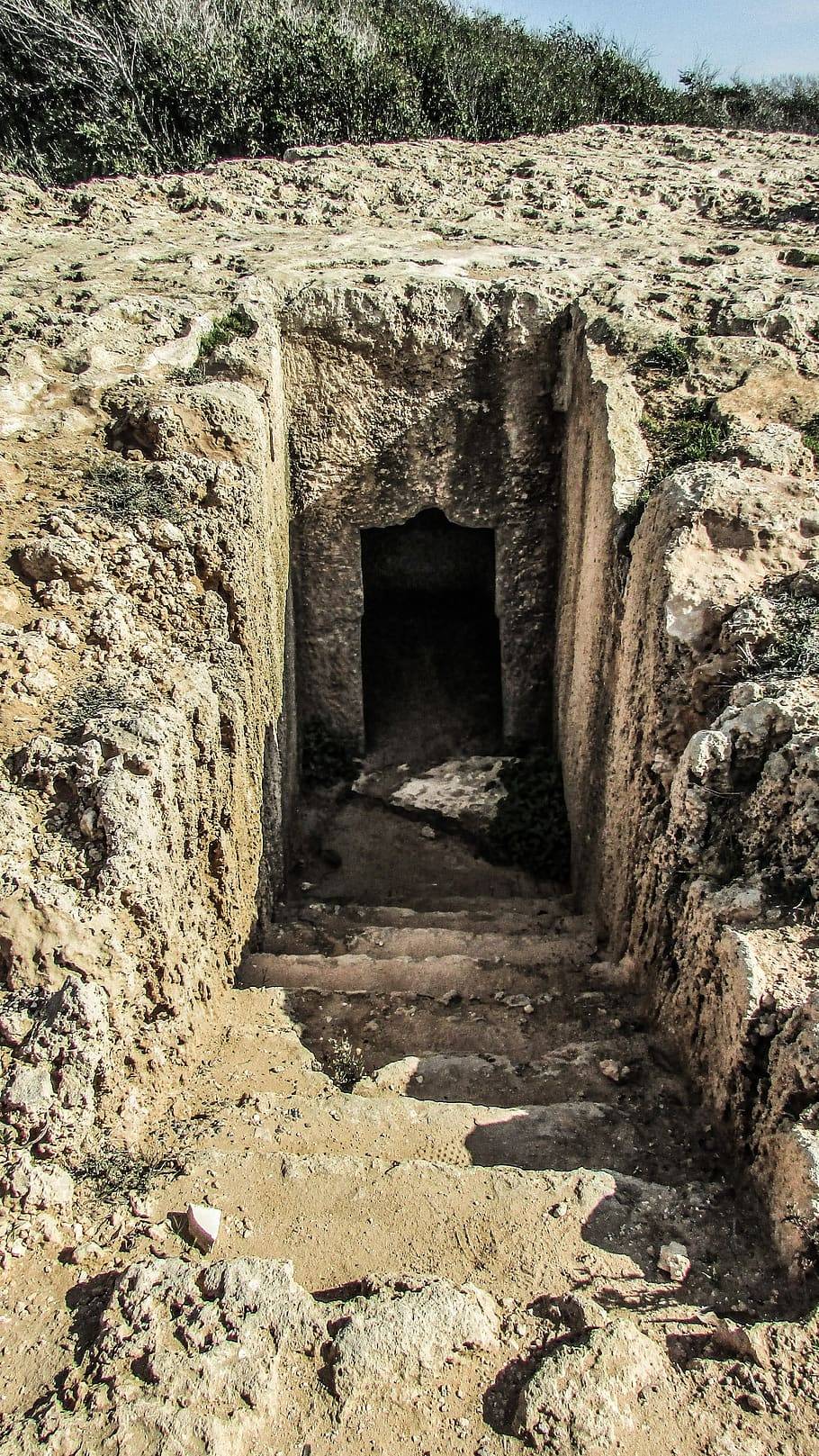The Makronissos Tombs are a significant archaeological site located in the southeastern region of Cyprus. This necropolis, dating back to the Hellenistic and Roman periods, is renowned for its unique architectural style and the wealth of artifacts it has yielded. The tombs are carved out of solid rock and feature a distinctive chamber-and-dromos design, reflecting the burial practices of the ancient inhabitants of the region. Over the years, the site has provided archaeologists with invaluable insights into the socio-cultural and religious life of the period.
Get your dose of History via Email
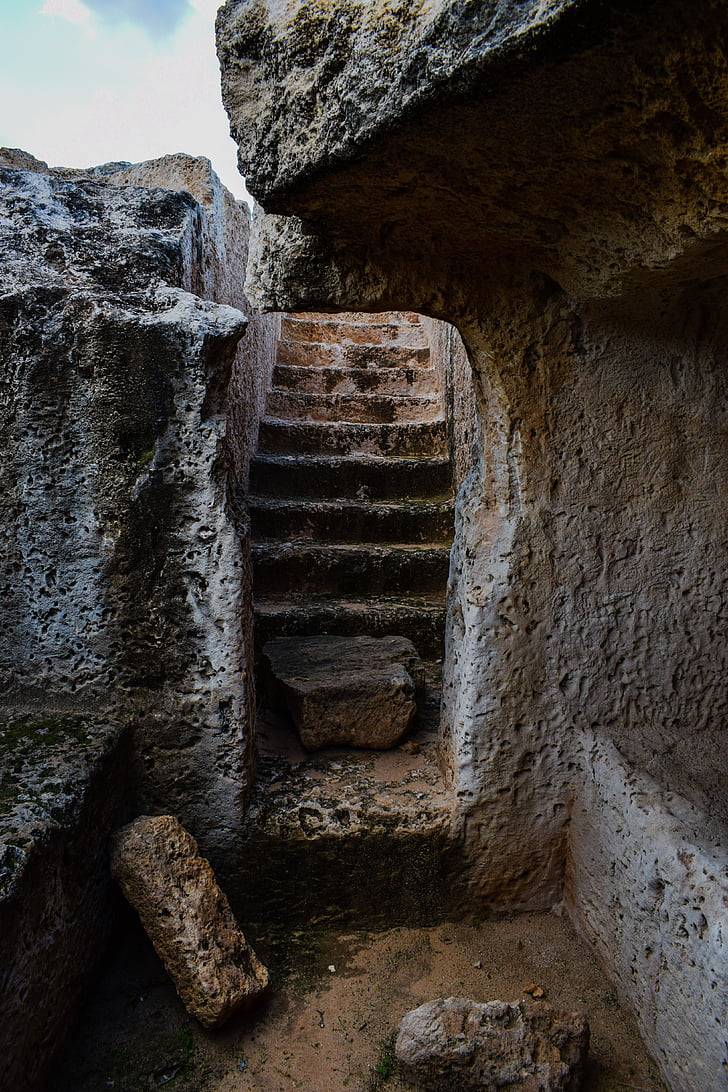
What is the historical significance of the Makronissos Tombs and what have they revealed about ancient burial practices?
The Makronissos Tombs hold immense historical significance as they offer a glimpse into the burial customs and beliefs of the Hellenistic and Roman periods. The tombs are unique in their architectural style, featuring a dromos (entrance passage) leading to a burial chamber. This design is indicative of the funerary practices of the time, which involved elaborate rituals for the dead.
The layout of the tombs, with their carefully carved chambers and passages, suggests a belief in an afterlife. The tombs were designed to be visited, with the living performing rituals and offerings for the dead. This reflects the strong societal and religious beliefs of the time.
The location of the tombs, away from the main city, also indicates a societal practice of separating the living from the dead. This separation was likely due to both religious beliefs and practical considerations of hygiene and sanitation.

What types of artifacts have been discovered at the Makronissos Tombs and what do they tell us about the people who were buried there?
A wealth of artifacts has been discovered at the Makronissos Tombs, offering insights into the lives of the people buried there. These include pottery, jewelry, coins, and other personal items, suggesting that those interred were of high social status.
The artifacts also provide information about the trade and cultural exchanges of the time. Many of the items found are of foreign origin, indicating that the inhabitants of the region had extensive trade relations with other parts of the Mediterranean.
The presence of religious artifacts suggests that the people had strong religious beliefs. Many of the items found, such as terracotta figurines and incense burners, are associated with religious rituals and offerings.
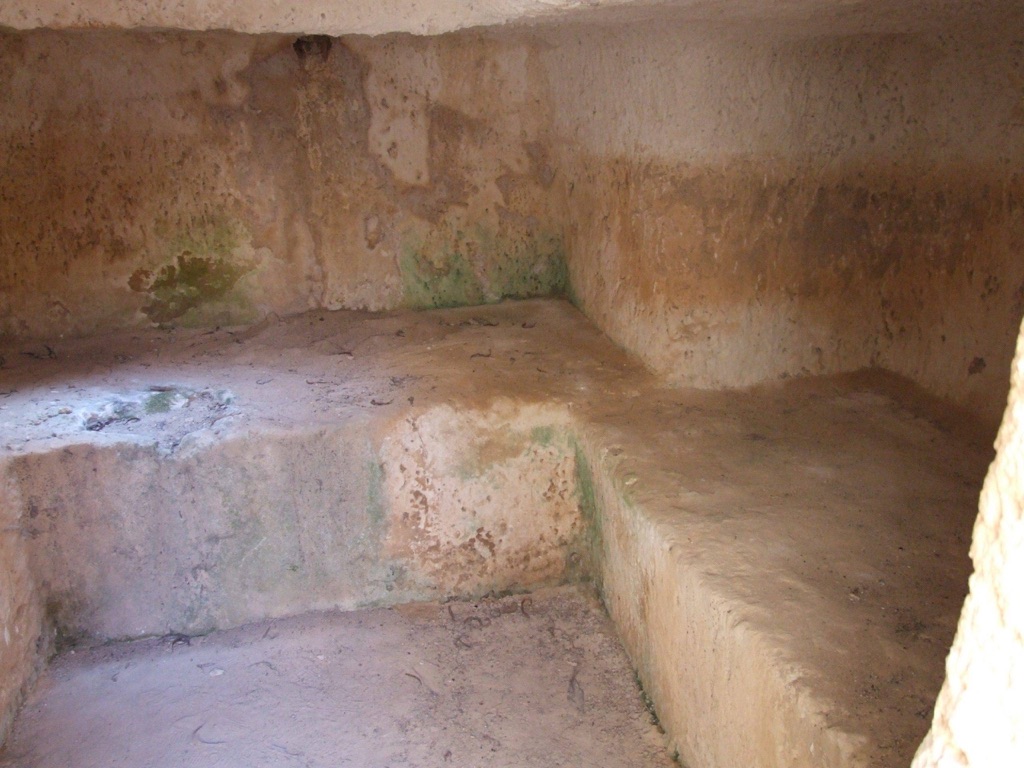
What is the architectural style of the Makronissos Tombs and what does it reveal about the period in which they were built?
The architectural style of the Makronissos Tombs is unique and reflects the influences of the Hellenistic and Roman periods. The tombs are carved out of solid rock and feature a distinctive chamber-and-dromos design. This design, along with the use of carved niches for the placement of bodies, is characteristic of the period.
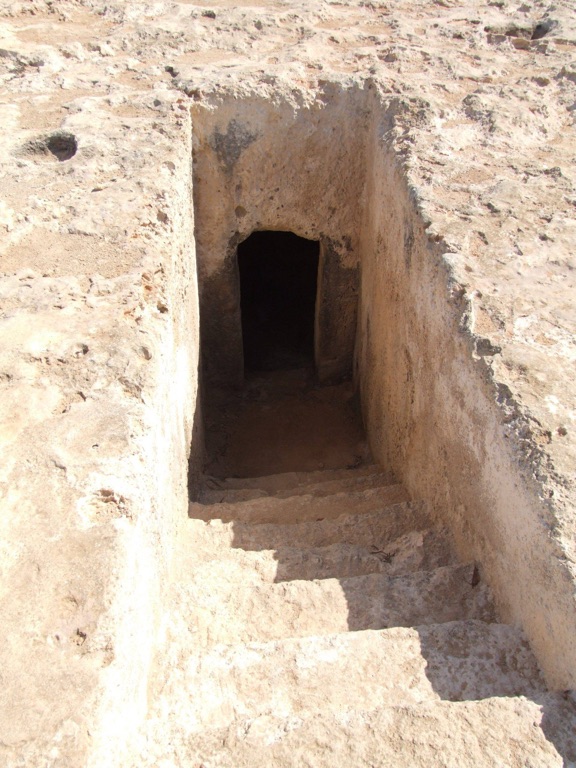
The quality of the carving and the complexity of the design suggest that the tombs were built by skilled craftsmen. The use of stone also indicates a society with advanced technological capabilities.
The architectural style of the tombs, with their emphasis on symmetry and order, reflects the aesthetic ideals of the Hellenistic and Roman periods. The design also reveals a society with a strong belief in an afterlife and the importance of proper burial practices.
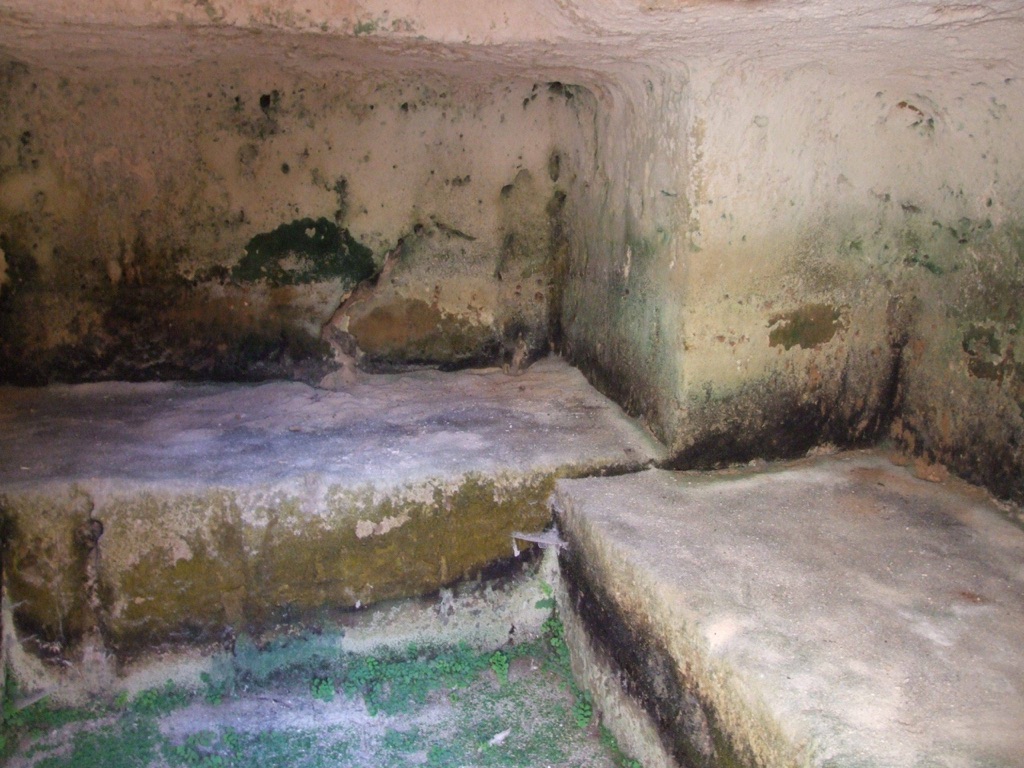
How are the Makronissos Tombs being preserved and protected for future generations?
The preservation and protection of the Makronissos Tombs is a priority for the Cypriot Department of Antiquities. The site is regularly monitored and maintained to prevent damage from natural elements and human activity.
Conservation efforts include regular cleaning and stabilization of the tombs, as well as measures to prevent erosion and other forms of environmental damage. The site is also protected by law, with strict penalties for any form of vandalism or unauthorized excavation.
In addition to these measures, the Department of Antiquities also conducts regular research and documentation of the site. This helps to increase our understanding of the tombs and ensures that their historical significance is preserved for future generations.
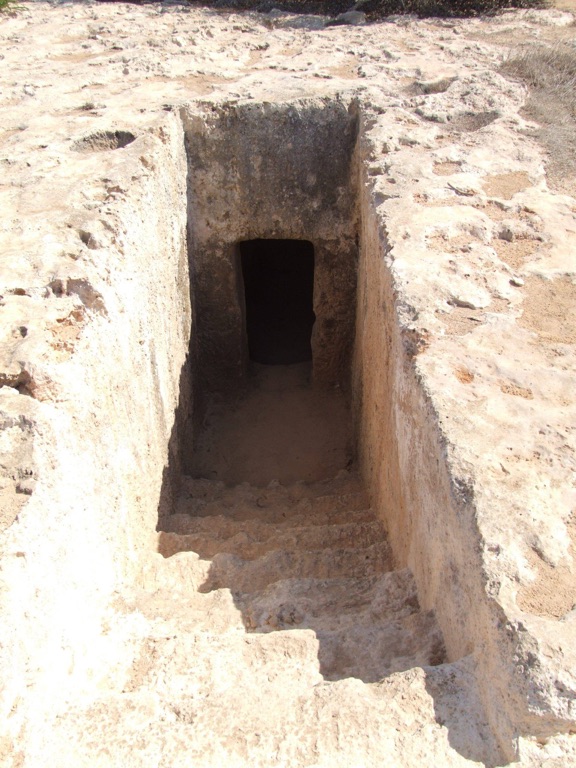
Can visitors tour the Makronissos Tombs and what can they expect to see?
Yes, visitors can tour the Makronissos Tombs. The site is open to the public and offers a unique opportunity to explore this fascinating piece of history. Visitors can walk through the tombs and see the intricate carvings and designs up close.
In addition to the tombs themselves, visitors can also see the various artifacts discovered at the site. These are displayed in a nearby museum and provide a glimpse into the lives of the people who were buried at Makronissos.
Visitors can also learn about the history and significance of the tombs through informative panels and guided tours. This makes a visit to the Makronissos Tombs not just an exciting adventure but also an educational experience.
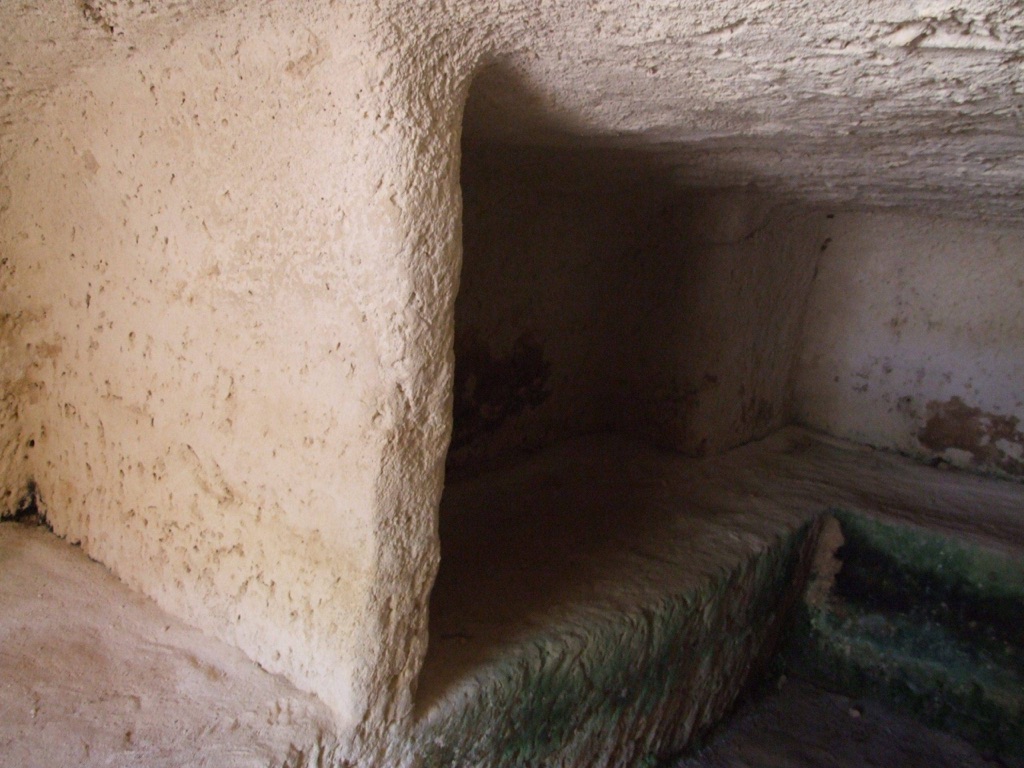
Conclusion and Sources
The Makronissos Tombs are a significant archaeological site that offers invaluable insights into the history and culture of the Hellenistic and Roman periods. Through the preservation and study of these tombs, we can gain a deeper understanding of the beliefs, practices, and lives of the people of this time.
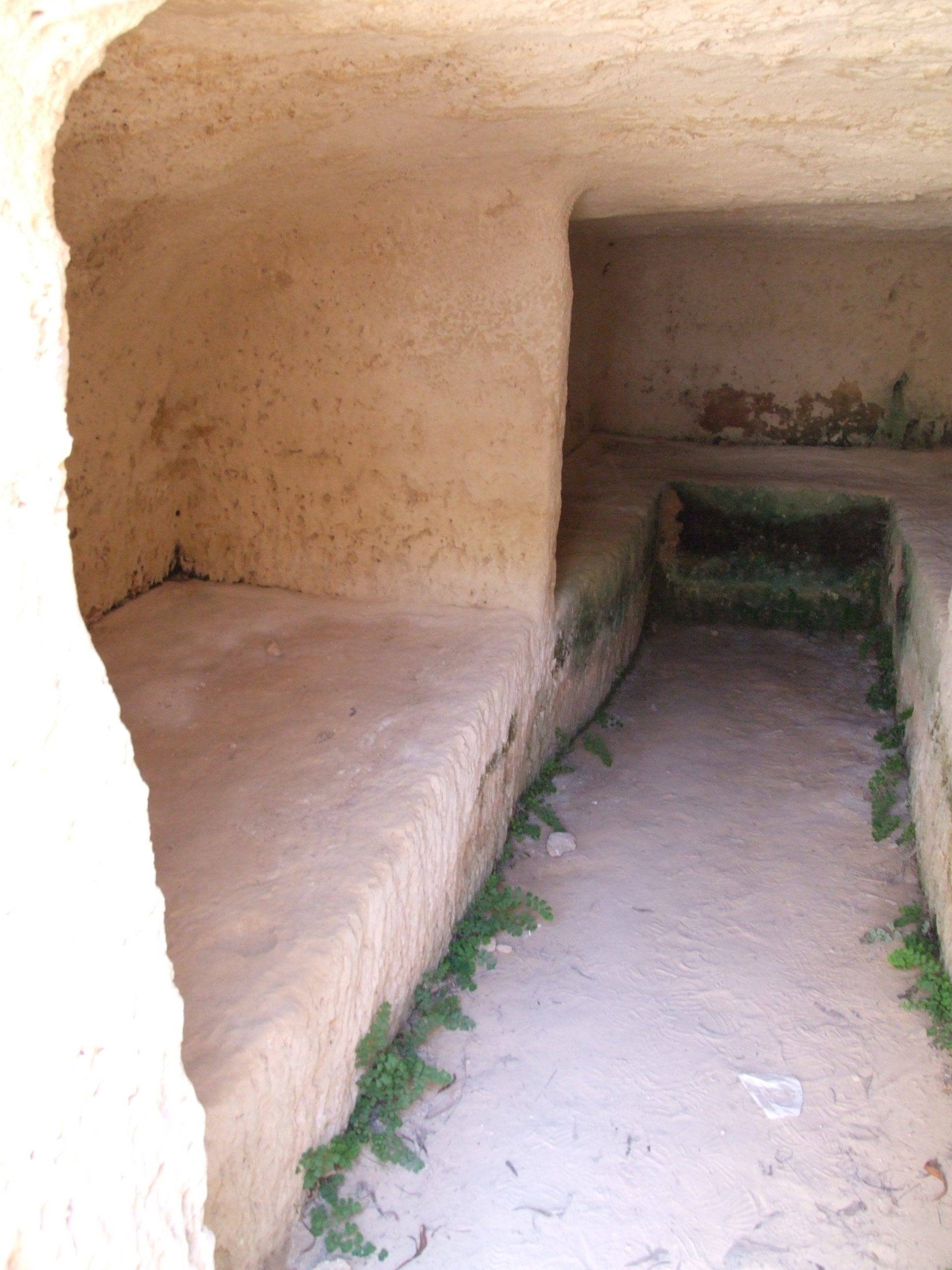
For further reading and to verify the information provided, the following sources are recommended:

